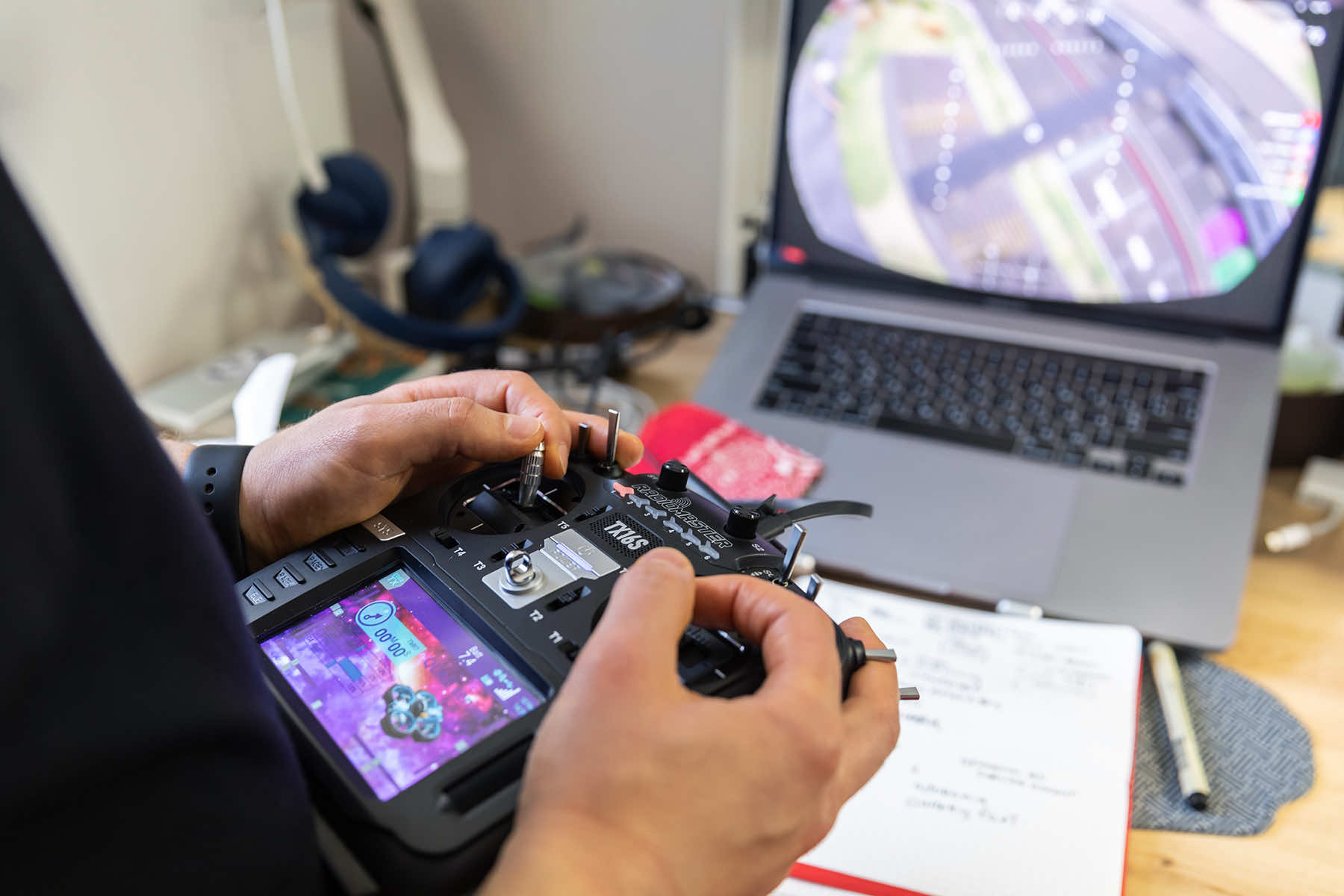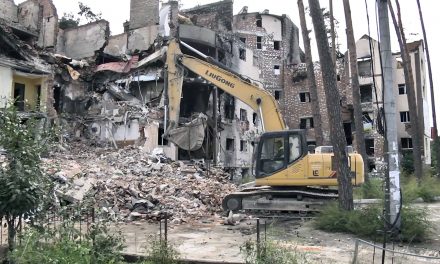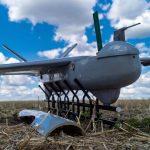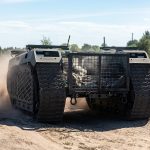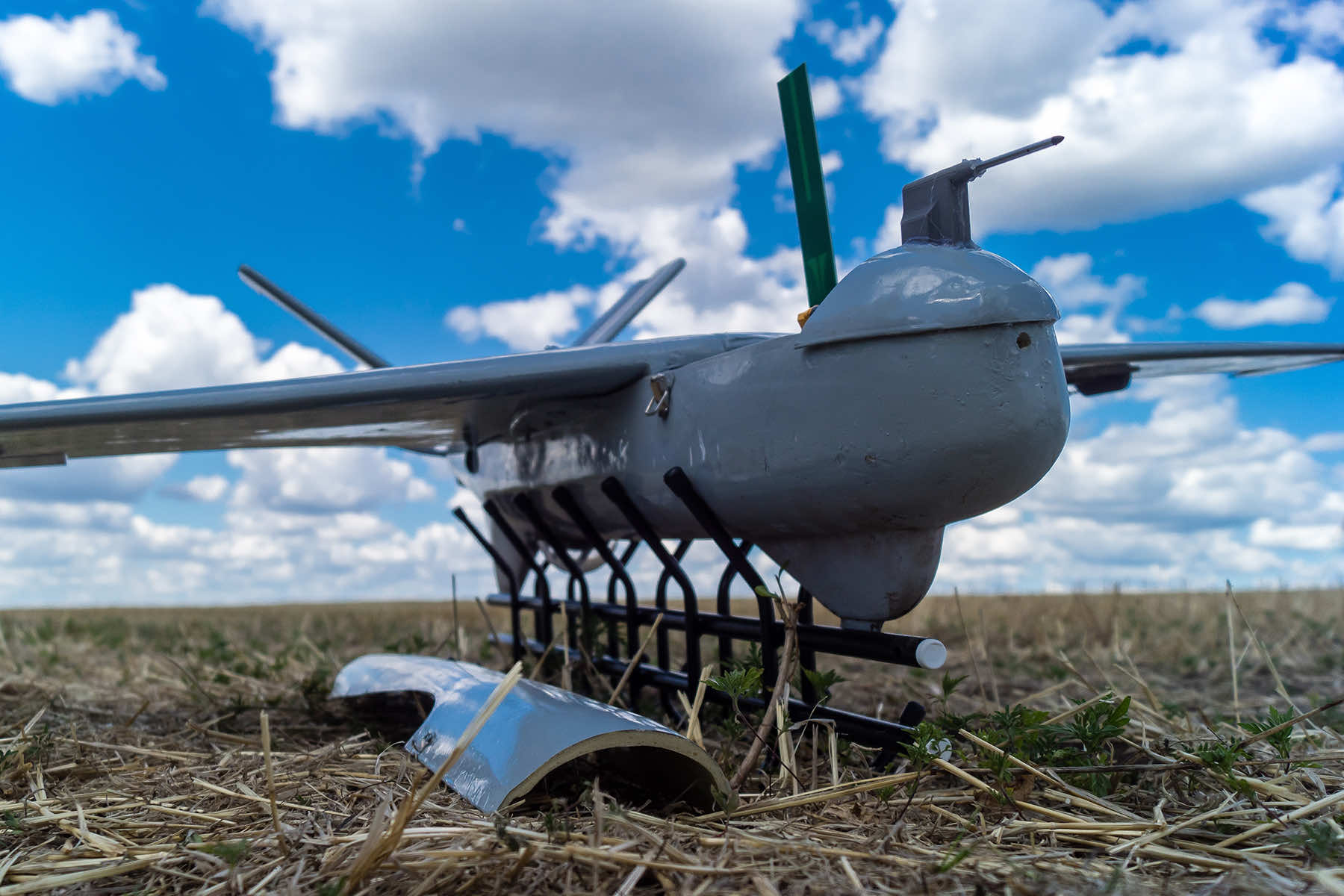
Russia expected an easy victory in Ukraine when Moscow launched its invasion in February 2022. What it didn’t anticipate was that its army would become bogged down in years of grinding warfare, suffering over a million casualties by 2025.
Today, the war has evolved into a technological contest, with both sides constantly tinkering and seeking every advantage to overcome the other. For Kyiv, traditional methods of warfare had to be reimagined to confront a far larger adversary.
From the very first days of the invasion, Ukrainians began experimenting with all kinds of solutions to fight back. Many rushed to improve reconnaissance operations and started modifying off-the-shelf drones – devices once used by hobbyists before the war. Ukraine has now built entire procurement processes around unmanned systems and rebuilt its military acquisition system around commercial technologies. Ideas can be operational within months, instead of years.
“Unmanned systems have become a critically important component in the war against Russia,” said Bohdan, a drone pilot known by his callsign Bandera” from the Unmanned Systems Battalion of Ukraine’s 110th Separate Mechanized Brigade.
“Drones enable close and long-range reconnaissance, fire correction, mining, delivery of supplies and ammunition, and carrying out strikes.” Bohdan added, “Without putting operators at direct risk, UAV crews have partially taken over the roles of sappers, artillery, infantry, reconnaissance units, and drivers.”
The full-scale invasion also drew Ukrainians from all walks of life to join the army, including numerous businessmen and entrepreneurs, who would prove to be very effective leaders.
Ukraine’s new Commander of the Unmanned Systems Forces, Robert “Magyar” Brovdi, is a prime example. He began as a conscript in 2022 and went on to help develop one of the deadliest drone units in the Ukrainian army. Andrii, from the 59th Brigade (Da Vinci Wolves), said, “The effectiveness of Madyar is proven by his military career; he went through it himself. He is the kind of commander who brought his own experience into the army and became very useful.”
Brovdi approaches war like a business, likening it to a product cycle in which constant data collection and iteration drive improvements. In a recent talk in Germany, he noted that Ukraine’s Unmanned Systems Forces make up just 2% of the army but are responsible for eliminating one-third of enemy troops. And their primary weapon of choice is a First-Person-View (FPV) drone.
The largest war in Europe since World War II also demanded faster procurement cycles. Weapons and tech solutions could become ineffective within weeks or months. Take the Turkish Bayraktar drone, for example – it featured heavily in the early months of the war, but eventually became a rare sight on the battlefield, due to Russian countermeasures.
So, even when Ukraine was starved of artillery shells due to the pause in US aid in late 2023, it increased its reliance on cheap drones. This shift also offered an advantage in that Kyiv had the ability to widely deploy low-cost, scalable technologies that can be rapidly iterated and adapted.
Ukraine is now on pace to produce a few million of these FPV drones, which form the backbone of its “drone wall” that is holding the line against Moscow. But, there is always room for greater optimization on the battlefield and using data to determine where pilots should focus their efforts.
In August 2024, the Army of Drones also introduced a new points-based rewards program, which has seen success on the front. The points-system was referred to as the “mathematics of war,” by Mykhailo Fedorov, Ukraine’s Minister of Digital Transformation.
Each drone strike is logged and verified using footage from the same FPV drones used in combat, allowing kills to be accurately tracked and scored. High-value targets like Russia’s advanced T-90M tanks, yield higher scores, which can make a unit eligible for bonuses like additional drones. The system incentivizes pilots to seek out impactful targets and ensures that the most successful units receive prompt resupply.
Brovdi’s own unit, the elite “Birds of Magyar,” has thrived under this model and was credited with destroying 8% of all Russian armored vehicles. In April 2025, the system was integrated with Ukraine’s Brave 1 Market, a platform that allows frontline units to directly acquire equipment, bypassing traditional procurement delays.
However, the points system isn’t static and is updated, depending on battlefield needs. Recently, the points system was updated to give more focus to killing enemy drone pilots to blind their operations. Russia has since confirmed that, following changes Brovdi made to the scoring system, Ukrainian attacks on Russian drone crews have intensified, focusing on fiber-optic operators. This points system is also meant to foster healthy competition between different drone units, through this data-driven approach to rewards.
Heorhii Volkov, commander of the drone unit Yasni Ochi (“Clear Eyes”) within Ukraine’s 13th National Guard Khartiia Brigade and a former entrepreneur, is a strong proponent of the points system and Ukraine’s broader data-driven approach to warfare.
Yevhen (“Ice”), a drone pilot from Yasni Ochi, said, “I’m personally a fan of digitization and optimizing every process, so I really like this system.” He added, “It encourages competition within our field and ensures that the most effective units receive the best equipment. When a unit’s performance can be calculated and clearly demonstrated in numbers, it allows for in-depth analysis and informed conclusions.”
Speaking on the points system, Serhii, (“Gray”) from the 10th Separate Mechanized Brigade, said, “I believe it has further motivated pilots to strike various types of targets, since these points can be exchanged for new drones.”
However, the data-driven approach can also lead to greater inequalities between units. “On the one hand, it’s a great incentive system, the more efficient the crew or the battalion as a whole, the more you get rewarded for your work,” said Andrii (“Murphy”) from the 419th Battalion of Unmanned Systems. “I think it is a good tool for internal competition between units, so that battalions compete with each other in efficiency and improve their skills.”
He acknowledged that newer units will struggle to match the capabilities of more experienced and better-resourced brigades. Still, Ukraine’s unmanned systems, its startup-style approach to procurement, and an increasing reliance on data-driven decision-making are rapidly becoming central to Kyiv’s strategy for waging asymmetric warfare against Russia.
The wars of the future will be technological and the West should be prepared accordingly, as many of the guidebooks are being rewritten by Ukraine.


